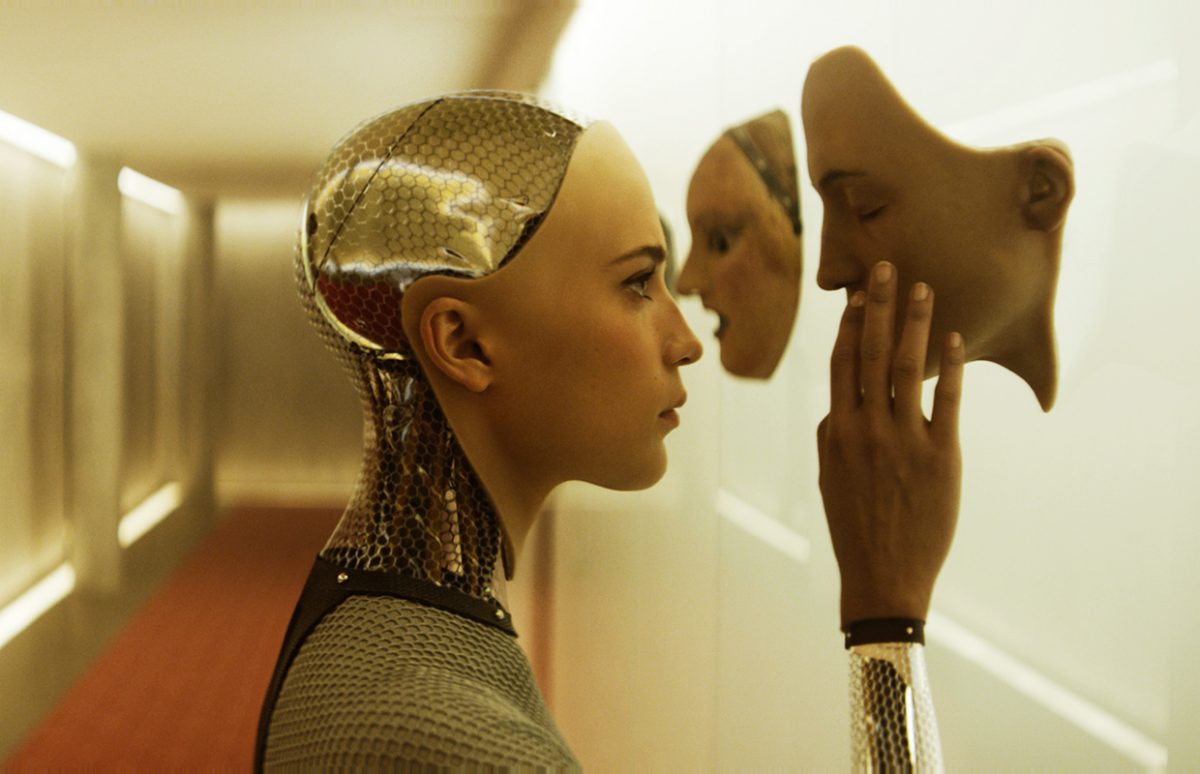In June, the Barbican Centre in London will open a major science-fiction exhibition, “Into the Unknown: A Journey Through Science Fiction”. This unprecedented show encompasses literature, contemporary art, film, music, comic books and video games to present a new, global perspective on Science Fiction.
Science fiction is responsible for some of the world’s most iconic film, music, literature and art - Patrick Gyger Curator of the exhibition

The exhibition examines the impact of Science Fiction on art, literature, film, design, architecture and pop culture from Jules Verne right up to modern-day Afrofuturism.
The show takes place all over the Centre occupying different areas around the building.
The entrance hall of the centre is hosting a six-foot video installation recreating scenes from an episode from the TV series Black Mirror, "Fifteen Million Merits". It features Get Out star Daniel Kaluuya. He plays a character in a world where wannabe reality TV stars must earn merits on exercise bikes in order to audition for their chance at fame. This installation is offers an immersive entrance to the exhibition.
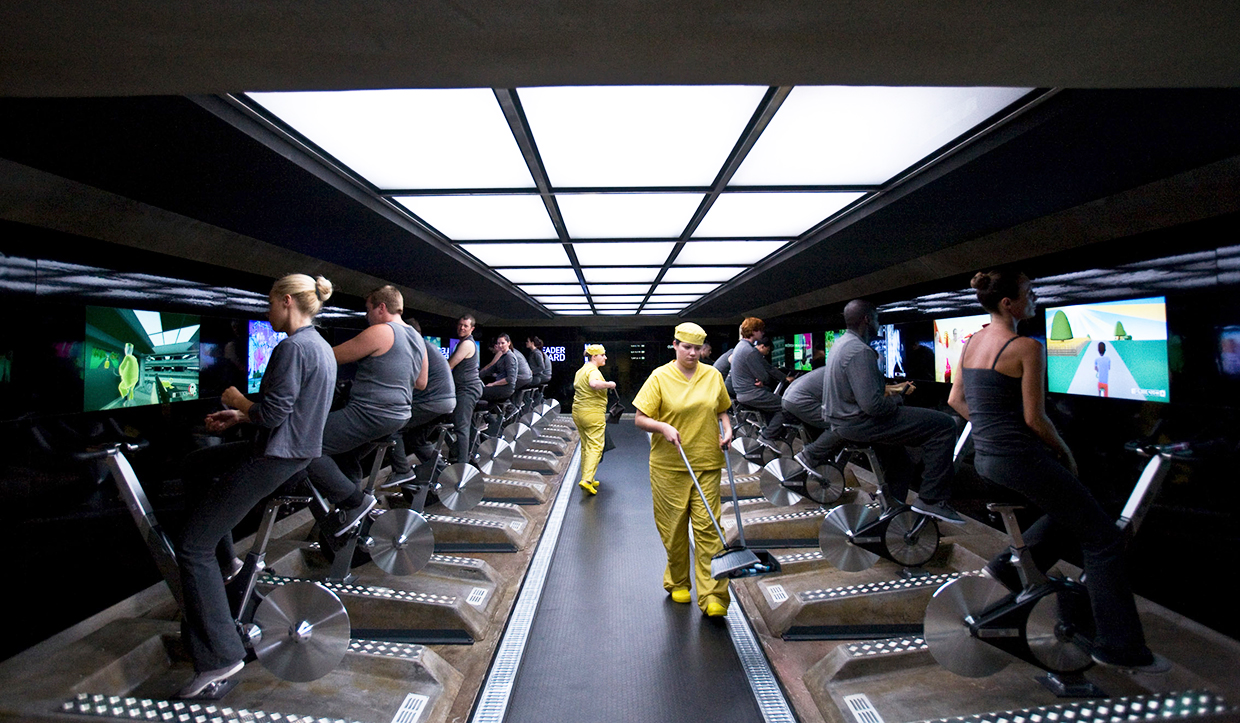
The exhibition uses a ‘festival-style’ format in order to bring together a diverse range of film screenings, live music and site-specific installation.
“Into the Unknown” showcases works from major collections, national archives, film studios and private collections around the world. On display for the first time there are works from philanthropist and Microsoft co-founder, Paul G. Allen; documents from The Ray & Diana Harryhausen Foundation, Warner Bros. Corporate Archive and the personal archives of SFX Greek-French artist Patrick Tatopoulos (Underworld, I, Robot, Independence Day, Stargate, Godzilla, I Am Legend…)
From 19th century cabinets of curiosities to cyberpunk
The exhibition presents more than 200 books from all around the world, original manuscripts and typescripts, contemporary and existing art works, over 60 films - from Star Wars to Interstellar, Alien, and Jurassic Park - and TV clips, unseen footage, adverts, concept art, film props, pulp magazines, comics, video games and robots.
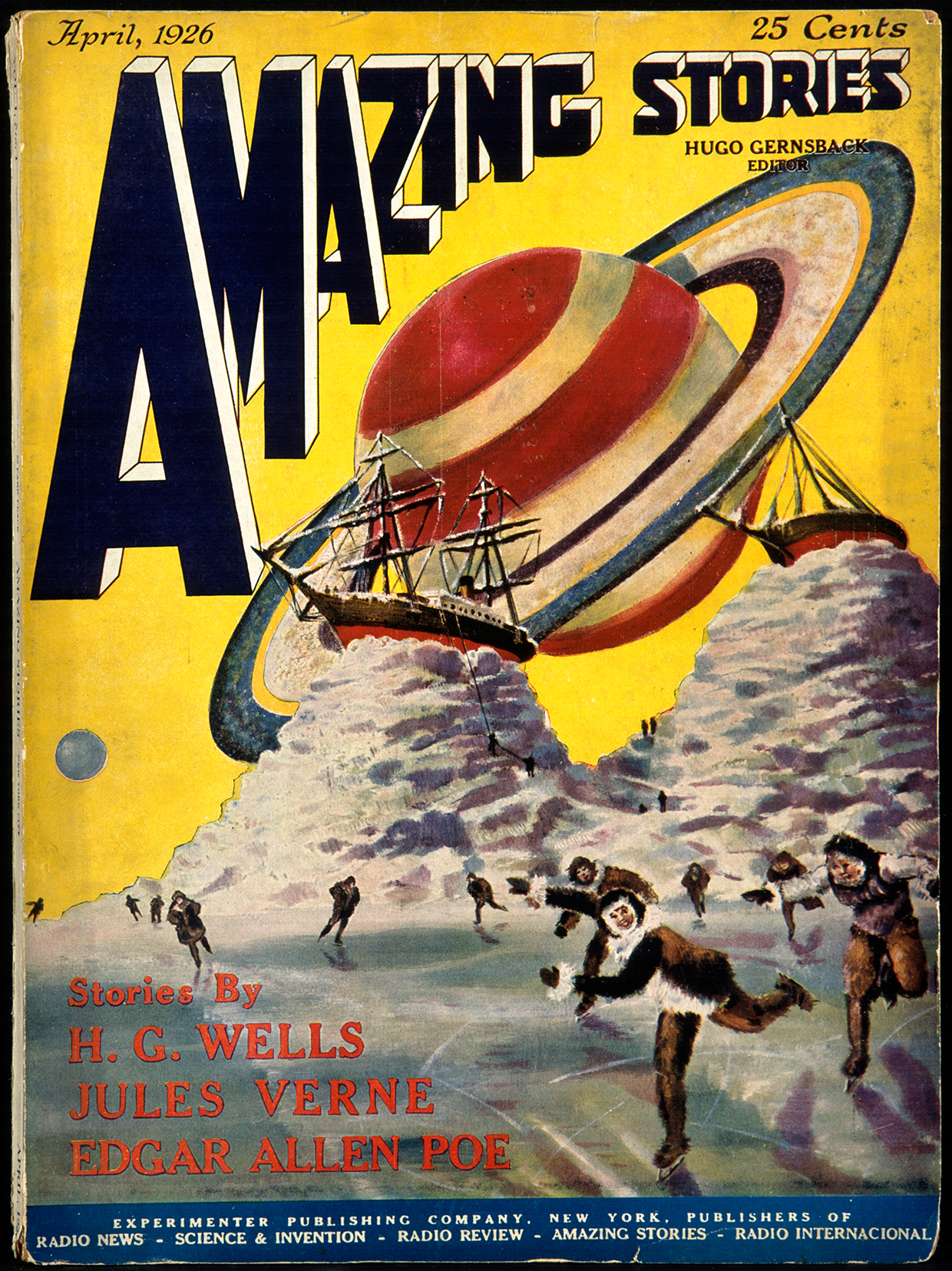
Visitors to the exhibition can make their way through four parts:
Extraordinary Voyages, Space Odysseys, Brave New Worlds and Final Frontiers.
Each section explores classic narratives of the genre in new ways. It begins with mankind’s exploration of our own planet. There are original models and props from films such as Godzilla and Jurassic Park, as well as clips from 20,000 Leagues Under the Sea and Journey to the Centre of the Earth.
The largest part of the show is dedicated to space exploration. A selection of props and masks is proposed from some of the most celebrated films, including one of Spock's outfits from Star Trek; the original spacesuit worn by John Hurt in Alien, Sam Rockwell’s suit from Moon and Darth Vader’s helmet. This chapter also examines key illustrative work that has inspired and informed science-fiction cinema, including HR Giger’s surreal concept work for Ridley Scott’s Alien and a selection of Soviet Era postcards promoting space travel.
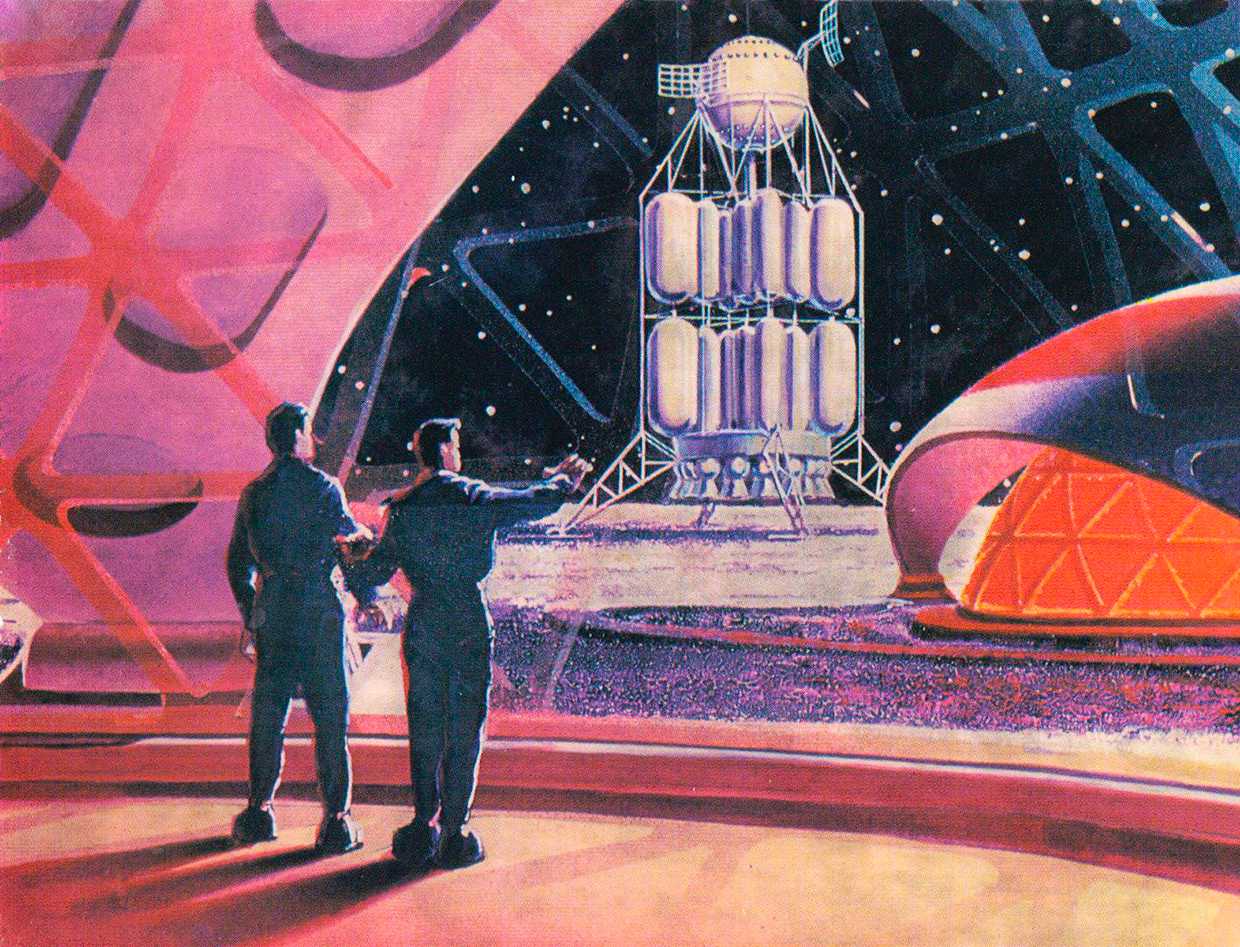
The Barbican has also collated presentations of dystopian futures that have been imagined through film and literature. These apocalyptic societies include Margaret Attwood’s misogynist autocracy in The Handmaid’s Tale; the world of ultimate surveillance in George Orwell’s Nineteen Eighty-Four and the horrifying ultra-violence of Anthony Burgess’s A Clockwork Orange.
This advanced vision of the future also plays a part in the last section of this exhibition, Final Frontiers, which explores our continued dependence on technology and on-going fascination with artificial intelligence. Featured is a selection of cutting-edge robots from across the world, including a new installation starring Ava, the award-winning android featured in Ex Machina.
A selection of artists’ short films will also be featured within the exhibition.
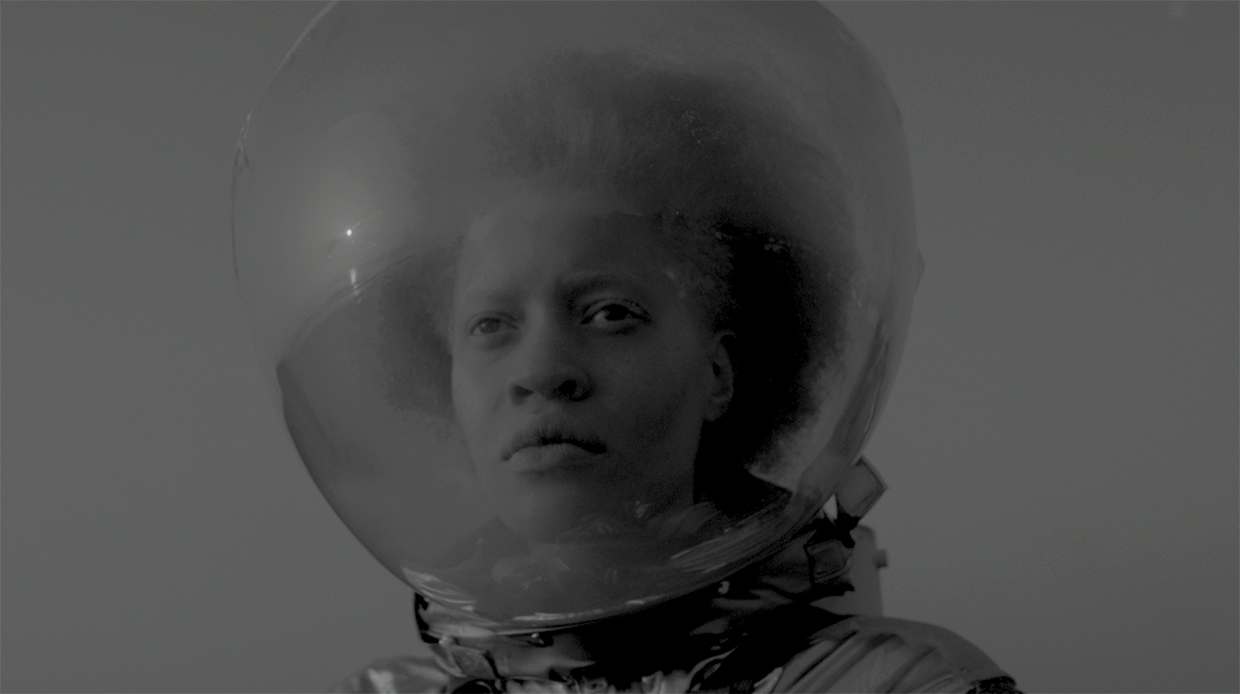
Afronauts by New York writer Frances Bodomo, inspired by the true story of the short-lived space programme.
Pumzi (Breath in Swahili) by Kenyan film director Wanuri Kahiu. An Afrofuturist short film, set in a post-apocalyptic world where water is scarce.
Invisible Cities #Part 4 #Stations by Pierre-Jean Giloux, which reconstructs some of the architectural projects of the Japanese Metabolism movement.
Australian duo SodaJerk will present Astro Black, a two-channel video installation with a focus on Sun Ra’s theories of Afrofuturism.
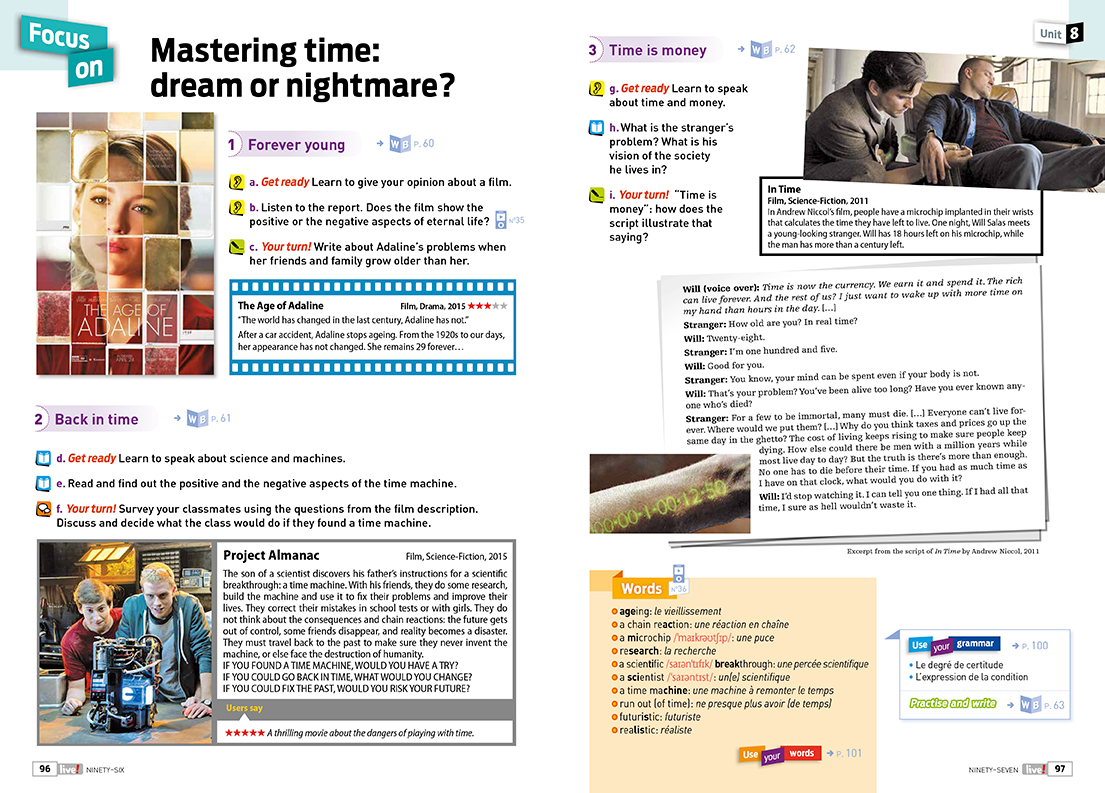 Scientific Dreams
Scientific Dreams
This exhibition connects well with the Give me five 3e textbook unit on science and science-fiction, "Scientific Dreams".
Download a sample double-page here.
Into the Unknown: A Journey through Science Fiction
Barbican Art Gallery
3 June – 1 September 2017
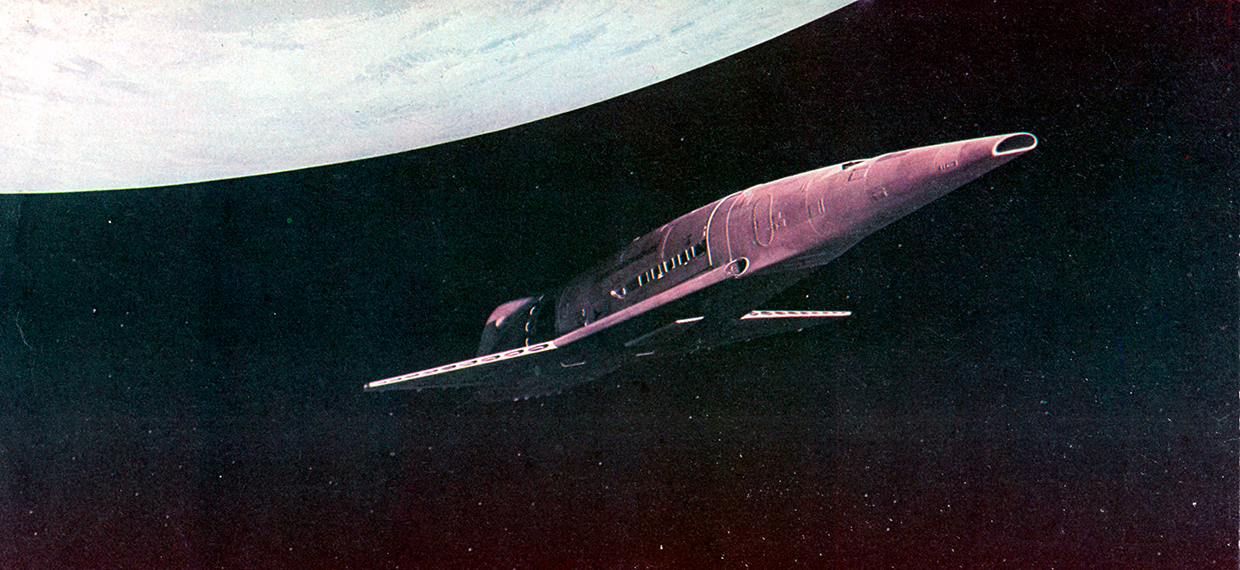
Copyright(s) :
Film Still, Ex Machina (2015)





